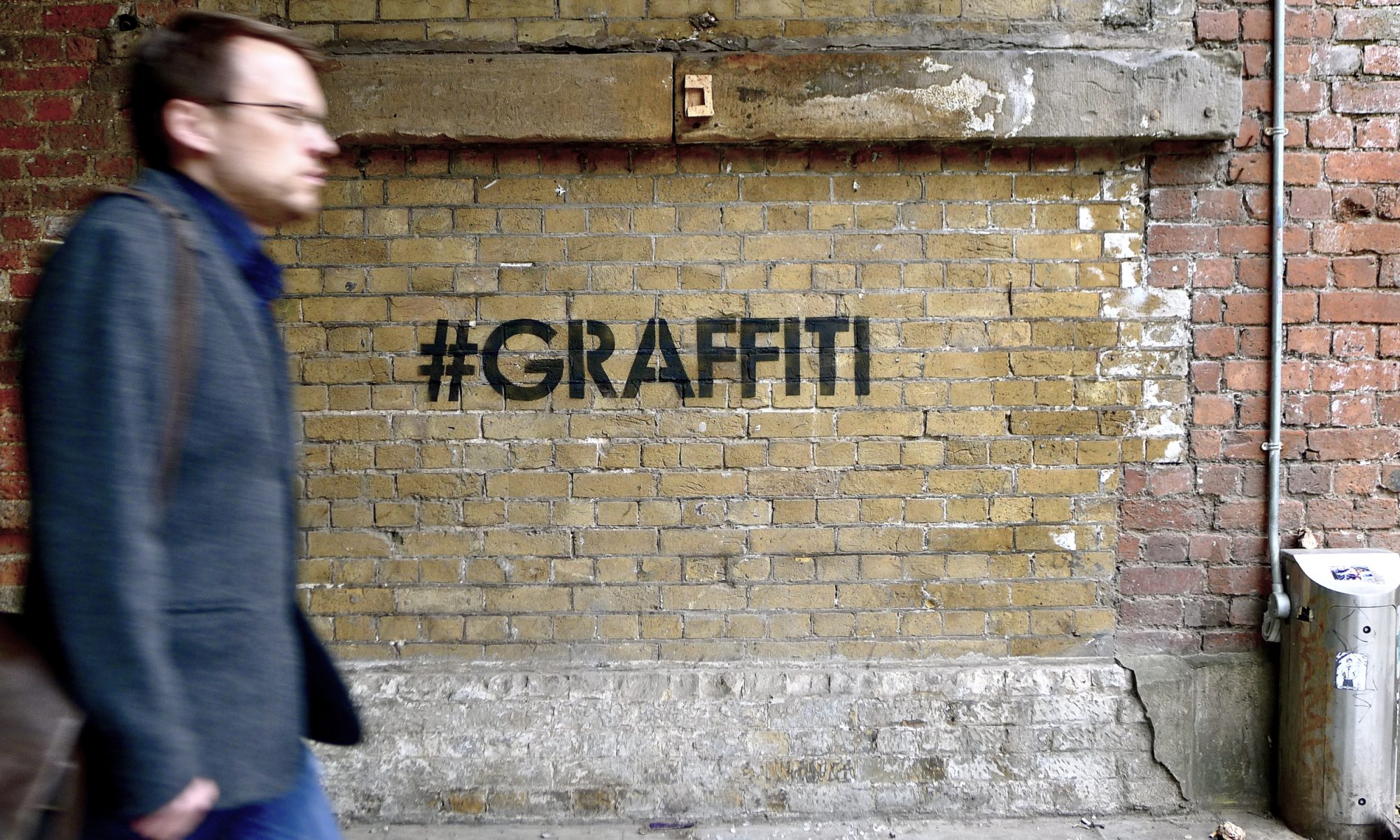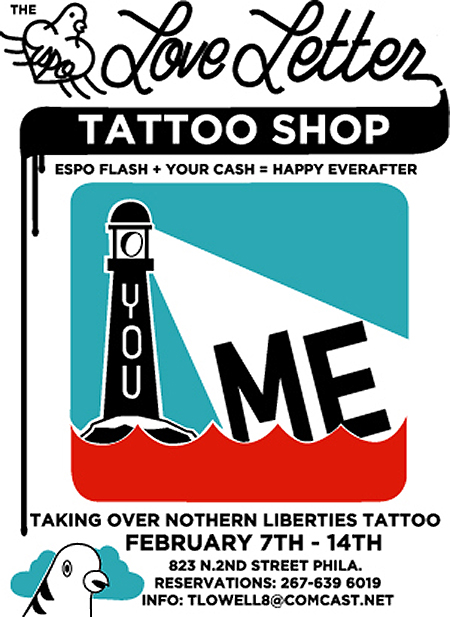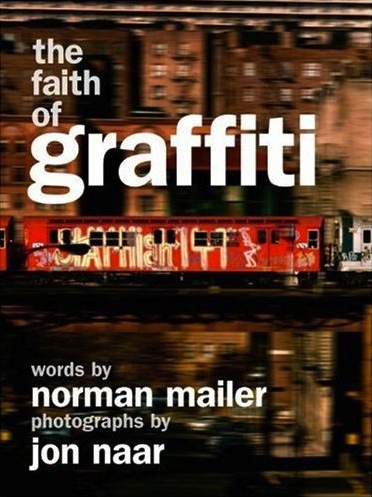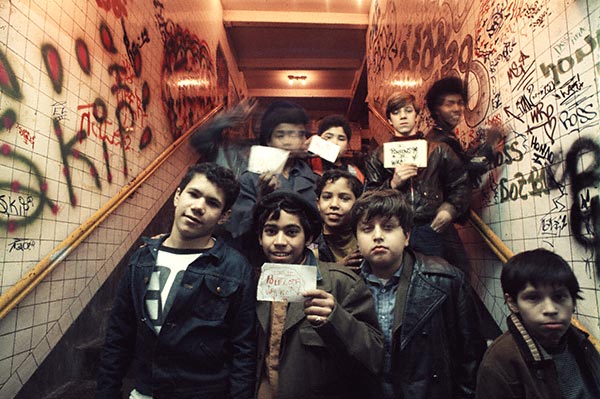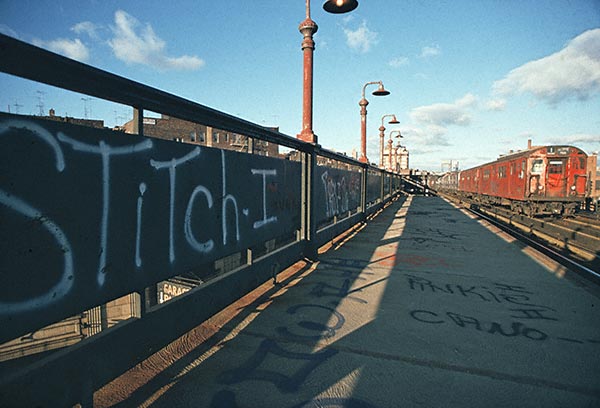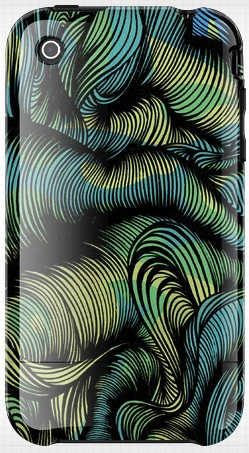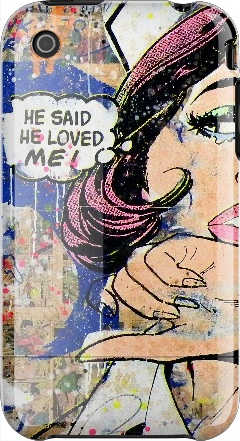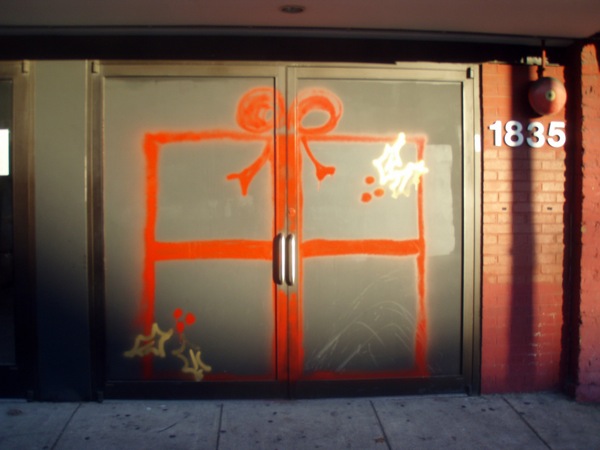There was a very positive response from my first holiday gift guide post about affordable prints, so I thought it might be worth putting together a similar list for art books.
1. The Faith of Graffiti by Norman Mailer and Jon Naar
Okay, this book isn’t actually released until December 29th, but it absolutely needs to be included in this list. A full decade before Subway Art was published, Mailer wrote a brilliant essay to accompany Naar’s photographs of the very earliest New York City graffiti, most of which would be considered tags today. This book is an essential piece of graffiti history, but it has been largely ignored by history in favor of the next book on this list.
2. Subway Art: 25th Anniversary Edition by Martha Cooper and Henry Chalfant
While Naar did a great job documenting the very earliest stages of graffiti, Subway Art is what turned graffiti into an international phenomena and forced people to look at graffiti as more than petty vandalism. This new edition of the book includes new photographs and is in a much larger format, so many of the photos that are in your old copy of Subway Art are now printed much larger and nicer. While The Faith of Graffiti documents the earliest moments in graffiti history, there is no more important book about graffiti or street art than Subway Art.
3. Keith Haring by Jeffrey Deitch and many others
If you like Keith Haring, this is the definitive book of his artwork. It’s pretty huge, weighing in at almost 9 pounds. It’s not cheap either (almost $40 at the time of this post), so it’s really for those who absolutely love Haring, but you’re not going to find a better book of his artwork.
4. Brooklyn Street Art by Jaime Rojo and Steven P. Harrington
Probably the best of Prestel’s series of street art books, this is a solid overview of Brooklyn’s street art. A great stocking stuffer.
5. Street Art: The Graffiti Revolution by Cedar Lewisohn
In my opinion, maybe the best street art book for the street art lover. Not just a book of photos, this book covers a great deal of street art history in a very serious way.
6. Wall and Piece by Banksy
Honestly, I kind of hope that nobody buys Wall and Piece because it’s on this list. Pretty much anybody who reads Vandalog should have at least one copy of Wall and Piece. Banksy is a genius. ‘Nuff said.
7. Young, Sleek, And Full Of Hell by Aaron Rose
I just read this book a week or two ago, and if you liked the film Beautiful Losers, this book is a great companion. It tells the story of New York’s Alleged Gallery, mostly through pictures and interviews with many of the people who were associated with the gallery over it’s lifetime.
8. Pictures of Walls
A funny little stocking stuffer. One of those things that makes me smile.
9. Untitled II: The Beautiful Renaissance by Gary Shove
This book doesn’t take itself too seriously and it’s full of pretty pictures. It’s good overview of recent street art, and includes some new artists that I wasn’t familiar with as well as many of that greats that I know and love.
10. The Thousands: Painting Outside, Breaking In by RJ Rushmore
Can of had to include my own book, didn’t I? What I love about this book isn’t what I wrote, but what other people wrote. Know Hope’s biography of Chris Stain taught me as much about Chris as it did Know Hope’s personality. An excerpt from Mike Snelle’s forward to the book was recently posted on Drago’s website.
